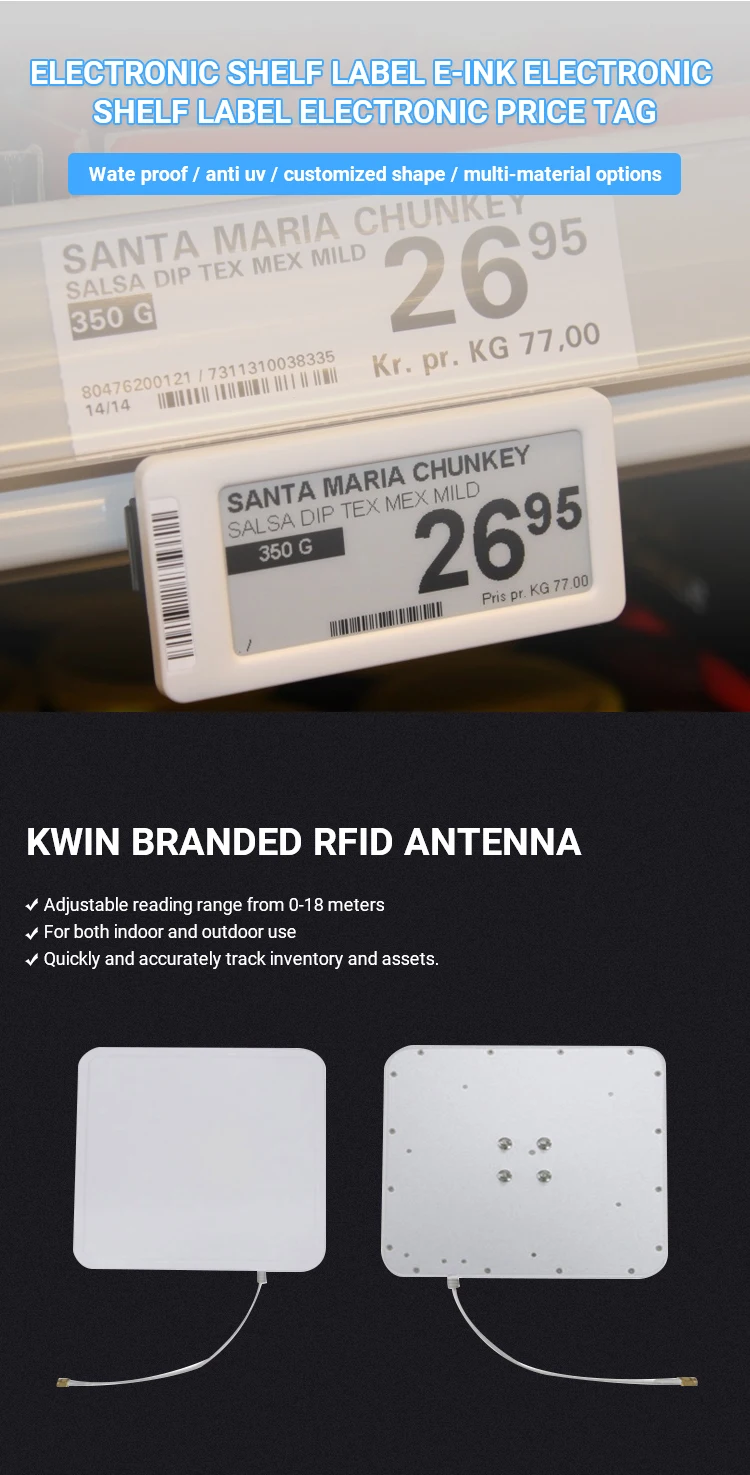
When you see the overview section, take note of the Public IP Address and write this down for later: Once the VM is provisioned, you’ll see the following screen (note that all of the networking was created for you):.Once validation passes, click the “Create” button. Leave the other settings at their default values, then click the “Review and create” button.

Click the “Next” button to select the disks, and select the Standard HDD option.Even though this is a relatively inexpensive VM, you should also consider setting up a schedule for this VM so that it shuts down at night and starts up in the morning, unless you plan on having guests join your network at the wee hours of the morning.Finally, enter a username and password for the VM admin. Give the VM a name, region, resource group, Windows Server 2016 Datacenter image, and choose the smallest size (I chose standard B1s).Create new Virtual Machine (VM) resource.To run the UniFi Controller software on Azure, follow these steps: If you don’t want to keep your home machine constantly running (or at least during the day, every day), you can setup a virtual machine in Azure to create a UniFi cloud controller. If you are using the UniFi controller to setup a home network and you want to setup guest access and direct them to a guest portal, you will need the UniFi controller to be running 24×7. Application Development Manager Chris Tjoumas outlines a process for using Azure virtual machines to configure a UniFi controller in your home network.


 0 kommentar(er)
0 kommentar(er)
